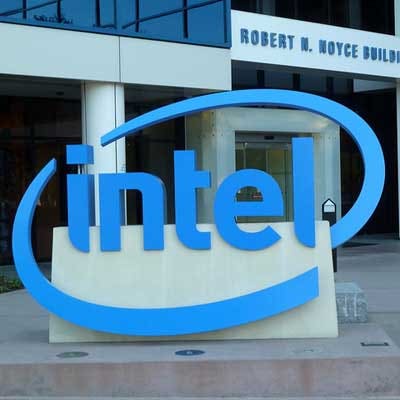Intel Promotes Hardware-Based Security For Blockchain And AI

Intel said Docker and other companies are beginning to use silicon-based security to better protect blockchain and artificial intelligence workloads, signaling a potential new opportunity for partners.
This silicon-based security is made possible through an existing technology from the company, Intel Software Guard Extensions, or SGX, which is a set of CPU instruction codes that enable the execution of select code and data in protected areas called enclaves.
First designed for secure remote computation, secure web browsing and digital rights management, SGX has found new life as a way to protect sensitive data being handled in blockchain and AI workloads, the Santa Clara, Calif.-based company said on Wednesday.
"What makes Intel SGX compelling is that it provides a hardware trusted execution environment (TEE), allowing better protections for data in-use, at-rest and in-transit," Rick Echevarria, vice president of Intel's Software and Services Group, wrote in a blog post. "Also, built-in CPU instructions and platform enhancements provide cryptographic assertions for the code that is permitted to access the data. If the code is altered or tampered, then access is denied and the environment disabled."
Intel highlighted several collaborations that are using SGX. For AI, there's Docker, which is using SGX to improve the security and usefulness of federated learning, a kind of machine learning that involves a large group of client computers working on a shared prediction model. Duality, another collaborator, is using SGX for homomorphic encryption, a method of performing calculations on encrypted data without the need for decryption.
As for blockchain use cases, Intel said blockchain startup Enigma is using SGX for a privacy protocol that allows for the execution of smart contracts on the Ethereum public ledger without exposing the contract's input data. The semiconductor giant also highlighted two previously announced collaborations: one with SAP to develop a blockchain proof of concept for improving cross-border shipping, and another with the Tel Aviv Stock Exchange, Accenture and financial technology hub The Floor for a new blockchain securities lending platform.
"Security is pivotal to our company’s strategy and a fundamental underpinning for all workloads, especially those that are as data-centric as AI and blockchain. We will continue to innovate and make our silicon an active participant in the threat defense lifecycle," Echevarria said.
Intel hasn't been shy about its ambitions to become an important part of blockchain computing. In an interview with CRN earlier this year, Michael Reed, director of Intel's Blockchain Program office, said the company's goals are to ensure key blockchain workloads work best on Intel architecture and that developers have the right tools to bring new solutions to the market quickly.
Microsoft has already found promise in Intel SGX with Coco Framework, its open-source system for enterprise blockchain deployments that can process as much as 1,600 transactions per second.
"Blockchain is sort of a revolutionary new technology that offers enterprises in general an opportunity to change the way they work," Reed said. "The sort of magic in blockchain -- it started with Bitcoin back in 2008 – is that it can settle transactions without the use of an intermediary."
Intel is also working on a different kind of hardware-level security technology called Intel Threat Detection Technology, a set of silicon-based security capabilities that can mitigate performance hits and reduce false positives for advanced threat detection.